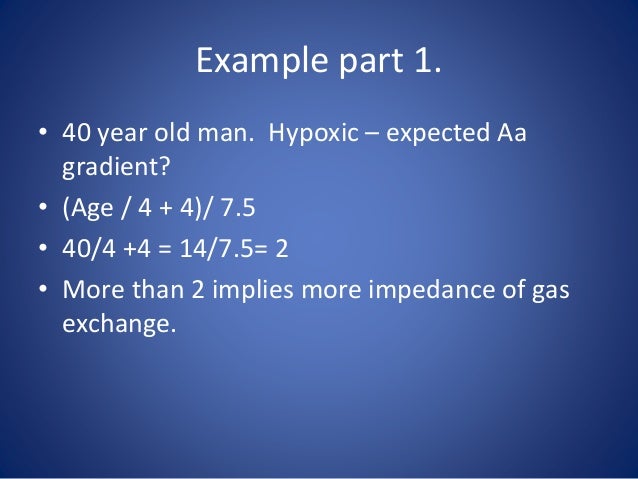

Management of suspected acute pulmonary embolism in the era of CT angiography:a statement from the Fleischner Society. Remy-Jardin M, Pistolesi M, Goodman LR, Gefter WB, Gottschalk A, Mayo JR, et al. Gas exchange alterations following pulmonary thromboembolism. Alveolar-arterial oxygen gradient in the assessment of acute pulmonary embolism. Acute pulmonary embolism, part I:epidemiology and diagnosis. Correlation of alveolar–arterial gradient with computed tomography pulmonary artery obstruction index in acute pulmonary embolism. Karakayalı O, Yılmaz S, İlyas Ertok I, Çelik G, Gül Pamukcu G, Yiǧit Y, et al. Prognostic stratification of acute pulmonary embolism:Focus on clinical aspects, imaging, and biomarkers. Masotti L, Righini M, Vuilleumier N, Antonelli F, Landini G, Cappelli R, et al. However, it may be incapable of detection of severity of PE. The A-a O 2 gradient values are clinically important in the diagnosis of patients with PE because it is easy to perform and is a bedside test. In addition, no significant relationship was detected between arterial-blood gas parameters regarding PaO 2 and SaO 2 with pulmonary artery obstructive index also PaCO 2 and A-a O 2 gradients were nonsignificant. Although A-a gradients were high in all studied patients with positive PE in comparison to negative PE patients, there was no significant difference between high-risk and nonhigh-risk groups regarding PaO 2 (mmHg), arterial oxygen saturation, %, A-a O 2, PaCO 2. There was a significant difference between the two groups regarding pulmonary artery obstructive index. The patients were divided into (a) nonhigh-risk and (b) high-risk groups. Resultsįifty patients proved to have PE by computed tomography pulmonary angiography. Arterial-blood gases including arterial partial pressure of oxygen (PaO 2), partial pressure of carbon dioxide (PaCO 2), and arterial oxygen saturation (SaO 2) and computed tomography pulmonary angiography were done on admission. This study is a prospective study conducted on 70 patients presented by signs or symptoms of suspected acute PE. We attempt to evaluate the efficacy of A-a O 2 gradient for the diagnosis of PE and if it can predict the degree of severity of PE. The perceived risk for pulmonary embolism (PE) can be assessed by oxygenation and calculation of the alveolar–arterial (A-a) oxygen (O 2) gradient.


 0 kommentar(er)
0 kommentar(er)
